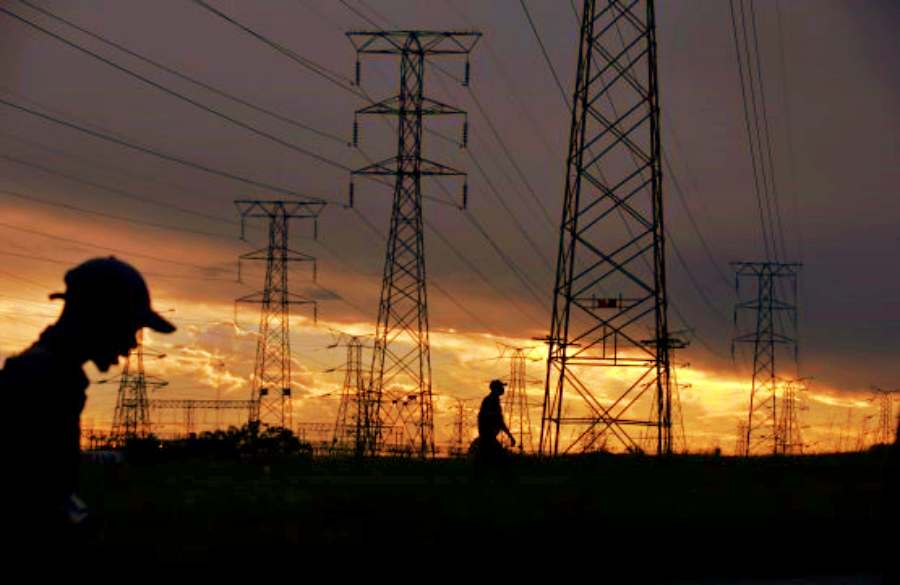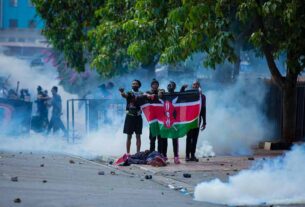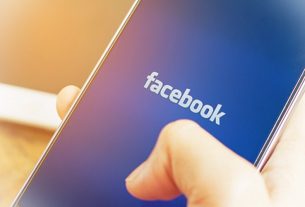Tue 25 June 2024:
A team of US researchers has developed an artificial intelligence (AI) model that could help electrical grids prevent power outages by automatically rerouting electricity in milliseconds.
The automated system, published online in the journal Nature Communications, is an early example of “self-healing grid” technology, which uses AI to detect and repair problems such as outages and storm-damaged power lines on its own without human intervention.
Researchers from the University of Texas at Dallas demonstrated that their solution can automatically identify alternative routes to transfer electricity to users before an outage occurs. It is because AI has the advantage of speed, the team said. Unlike human-controlled processes that can take minutes to hours, the system can automatically reroute electrical flow in microseconds.
“Our goal is to find the optimal path to send power to the majority of users as quickly as possible,” said Dr Jie Zhang, associate professor of mechanical engineering at the Erik Jonsson School of Engineering and Computer Science.
“But more research is needed before this system can be implemented.”
To map the complex relationships between entities that make up a power distribution network, the research team used algorithms that apply machine learning to graphs. Graph machine learning in this context involves describing a network’s topology, the way the various components are arranged in relation to, or in connection to, each other and how electricity moves through the system.
The team also relied on reinforcement learning – where a virtual agent is deployed usually in a simulation environment of the real problem – to systematically play out scenarios and progressively learn from this experience. An example of knowledge gained from such experience would be if electricity is blocked due to line faults. The system would then be able to reconfigure using switches and draw power from available sources in close proximity, such as from large-scale solar panels or batteries on a university campus or business.
“These are decisions that the model can make almost instantaneously, which in turn has the potential to eliminate or greatly reduce the severity of power outages,” says co-first author Steve Paul, who worked on the project while earning a PhD from UB earlier this year. Paul is now a postdoctoral scholar at the University of Connecticut.
Roshni Anna Jacob, an electrical engineering doctoral student at the varsity, said that electricity blocked due to line faults can be reconfigured using switches and power from available sources nearby, such as from large-scale solar panels or batteries.
The researchers next aim to develop similar technology to repair and restore the grid after a power disruption.
SOURCE: INDEPENDENT PRESS AND NEWS AGENCIES
______________________________________________________________
FOLLOW INDEPENDENT PRESS:
WhatsApp CHANNEL
https://whatsapp.com/channel/0029VaAtNxX8fewmiFmN7N22
![]()
TWITTER (CLICK HERE)
https://twitter.com/IpIndependent
FACEBOOK (CLICK HERE)
https://web.facebook.com/ipindependent
YOUTUBE (CLICK HERE)
https://www.youtube.com/@ipindependent
Think your friends would be interested? Share this story!





